By manipulating the microstructure of a natural polyester, researchers in the US have developed a biodegradable adhesive polymer that’s even stronger than super glue. Through careful control of the order and orientation of monomer units, the team were able to tune both the adhesive and thermomechanical properties, engineering the polymer for a variety of real-world applications.
‘Adhesives are an exceptionally important bit of polymer science where biodegradation offers an end-of-life advantage where there isn’t really an alternative,’ says Michael Shaver, a polymer scientist at the University of Manchester, UK. The ability to bind surfaces together underpins many aspects of daily life, including packaging, electronics, and sealants used in construction. But, the overwhelming majority of these commercial products are based on petroleum-derived polymers and are neither recoverable nor biodegradable. Bio-based and decomposable adhesive polymers are therefore an attractive alternative, but finding materials with the appropriate mix of adhesive, mechanical, and chemical properties is a difficult challenge.
Engineered adhesion
Rather than starting from scratch, a team led by Colorado State University’s Eugene Chen sought to engineer an existing sustainable polymer, the natural polyester poly(3-hydroxybutyrate) (P3HB), to exhibit adhesive properties. Originally identified in certain microorganisms, synthetic chemical and biological methods now enable greater control over the formation of the polymer chain, facilitating the preparation of P3HB plastics with different internal arrangements, known as microstructures.
The monomer unit, β-butyrolactone (BBL), contains a chiral carbon and the organisation of these stereocentres in relation to each other – an effect known as tacticity – has a profound impact on the physical properties of the overall polymer. ‘Controlling the tacticity and the position of the chain will affect the ability of the chain to pack or crystallise,’ explains Charles Romain, a sustainable polymers chemist at Imperial College London, UK. ‘If a material is semi-crystalline, it’s likely to be hard and rigid. If it’s amorphous, it’s probably more stretchable.’
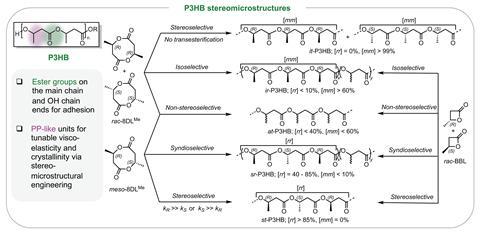
Manipulating the microstructure
Searching for the perfect balance of these properties, Chen’s team began by creating a spectrum of possible P3HB microstructures. They selected a more complex monomer unit called 8DL, which contains two chiral carbons, and developed a panel of catalytic conditions to closely control the orientation of each stereocentre as it was incorporated into the polymer chain. ‘There are three extreme tacticities: isotactic,’ – in which all the R groups are on the same side of the chain – ‘syndiotactic,’ – where the R groups alternate sides – ‘and atactic,’ – a random arrangement – explains Chen. ‘But there are also sub-tacticities between those extreme cases, such as iso-rich, syndio-rich, and block structures.’
With eight different microstructures in hand, the team probed the physical and adhesive properties of each, and while the thermomechanical properties scaled predictably with the extent of crystallisation, the intermediate sub-tacticities revealed a surprising trend in adhesive strength. The three extreme structures, iso-, syndio-, and atactic, showed little to no adhesion. But, the syndio-rich variants, containing between 42% and 66% organised syndiotactic units, exhibited unprecedented adhesive strength when tested on aluminium substrates, with the 52% blend performing better than commercial Gorilla and EVA glue. This top candidate was then subjected to a series of real-world tests. The team extruded the adhesive out of a glue gun, sealing and securing a cardboard box containing 4.4kg of books, while a second demonstration applied the glue to steel plates, using this structure to successfully lift a 9kg weight.
According to Chen, it’s the mixture between stereoregular crystalline units and more flexible amorphous sections that enables this particular P3HB microstructure to behave as an adhesive. ‘The syndio-rich stereomicrostructure gives a moderate level of crystallinity from the stereoregular domain, required for thermoplastics to be adhesive, and a viscous character from the stereoirregular – atactic – amorphous domain, necessary for an intimate contact between the polymer and the substrate surfaces,’ he explains.
A commercial future?
The team’s thorough approach has impressed others in the field but the cost and difficulty of producing the complex 8DL monomer unit means there is still a way to go before the polymer becomes a realistic commercial alternative. ‘It’s a good example of using stereoselective catalysis to fine tune the tacticity and properties of the polymer,’ says Romain. ‘The biggest challenge will be the monomer synthesis at scale.’
‘It’s a strong contribution and there are lots of different spaces they could go in,’ adds Shaver. ‘There’s clearly a lot of work that needs to be done to develop this commercially but this team have smartly looked at the economics and lifecycle to really create a future research plan which targets a genuinely sustainable production method for these monomers,’
References
Z Zhang et al, Science, 2025, DOI: 10.1126/science.adr7175






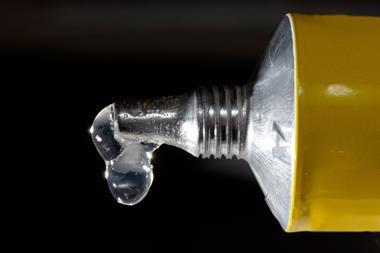
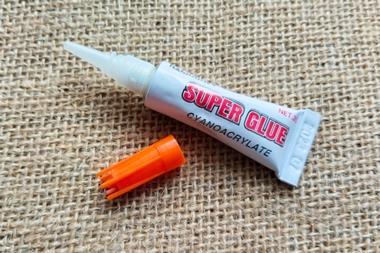
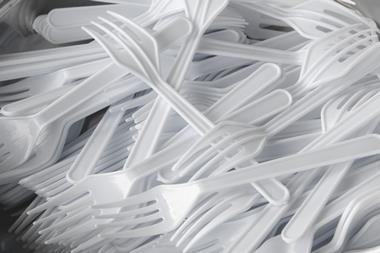
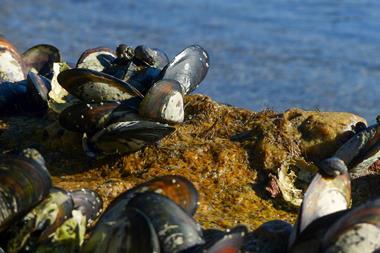






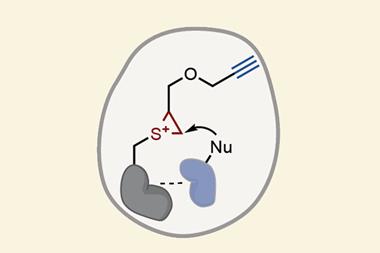
No comments yet